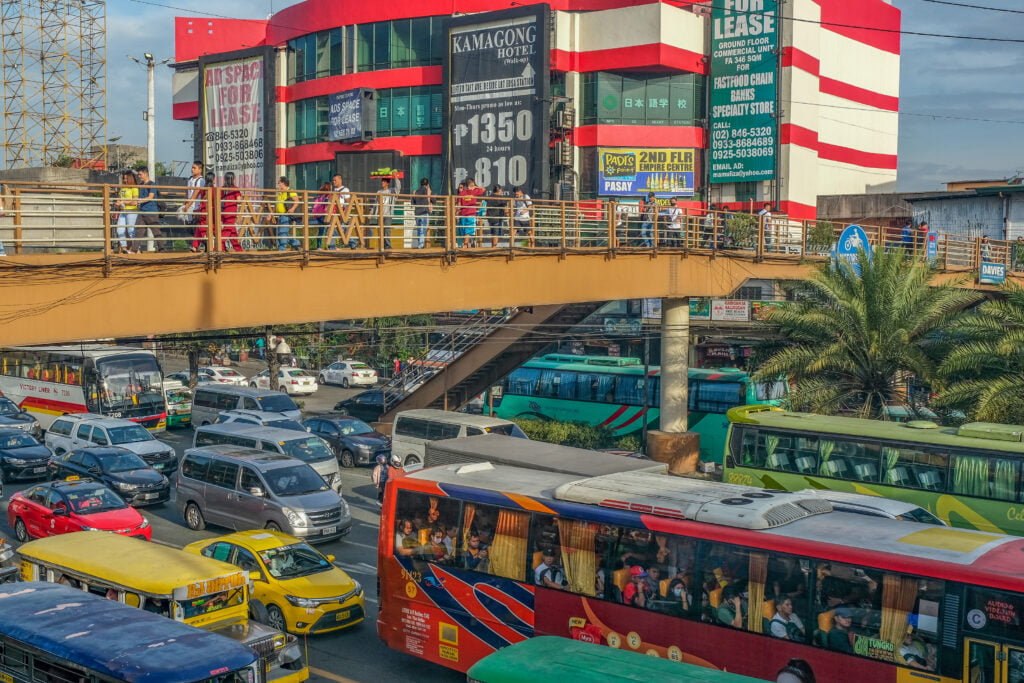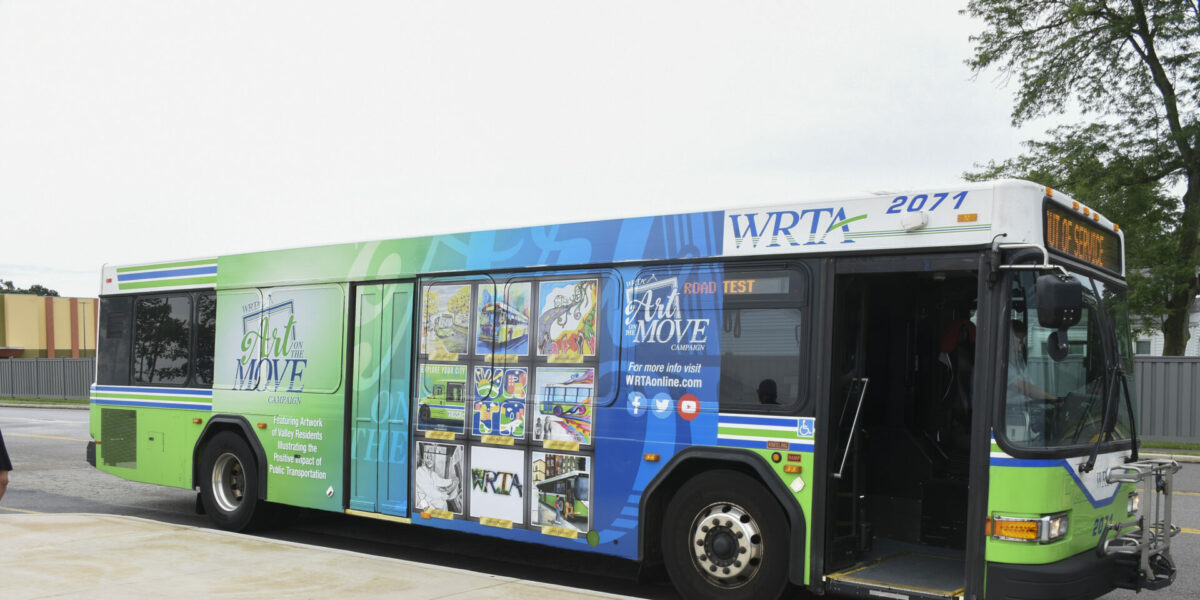How Transportation Advertising Can Transform Public Transport Spaces Into Dynamic Advertising And Marketing Operatings Systems
Transportation advertising and marketing holds considerable potential to redefine public transport rooms into vivid advertising and marketing platforms that educate and involve. As we explore the diverse benefits and evolving approaches of transit marketing, it elevates the concern of how this improvement might redefine our communications with both brands and the urban environment.
Advantages of Transportation Advertising And Marketing

In addition, transportation marketing is extremely economical contrasted to standard media. It permits marketers to attain high impressions at lower prices, optimizing roi. The restricted audience of travelers gives an opportunity for brand names to communicate their messages to individuals that are typically receptive throughout their travel times.
Moreover, the dynamic nature of transit advertising permits campaigns to be updated often, making certain that messaging remains timely and pertinent. This adaptability can be vital in replying to market trends or promotional occasions, keeping the brand name top-of-mind for consumers. Finally, the prevalent presence of transportation advertising and marketing adds to brand name recall; repeated direct exposure within familiar traveling contexts enhances brand name understanding and fosters consumer commitment, inevitably driving sales and enhancing brand name reputation.
Kinds of Transportation Advertising
Public transportation systems offer numerous layouts for marketing, each accommodating different advertising and marketing strategies and target market engagement methods. One prominent type is external bus and train wraps, which cover the whole vehicle and create a mobile signboard impact, permitting for high visibility in city environments. These wraps can record interest as they pass through hectic streets, getting to a varied target market.
Another popular style is indoor marketing, that includes posters, electronic screens, and advertisements on transportation seats. These placements involve guests throughout their trip, enhancing brand name messaging in a restricted space. Digital shows, particularly, provide the benefit of dynamic content, allowing marketers to upgrade messages in real-time.
Terminal advertising is additionally substantial, including posters, banners, and interactive stands within transportation stations. These advertisements leverage foot traffic and can target particular demographics based upon area.
Lastly, promotional partnerships with transportation authorities can result in distinct campaigns, such as themed transportation experiences or events, boosting the general involvement with commuters. Each sort of transit advertising and marketing offers distinctive benefits, permitting brands to customize their method to properly reach their target audience within the general public transport ecological community.
Involving Travelers Successfully
Travelers are significantly swamped with advertising messages throughout their everyday journeys, making it vital for brand names to engage them in cutting-edge ways. To catch focus in this congested area, marketers have to focus on creative thinking and importance. Using captivating visuals and succinct messaging can dramatically boost the chance of engagement.
Interactive components, such as QR codes or increased reality features, can also transform fixed ads into immersive experiences, promoting a much deeper connection with the target market. Brand names ought to concentrate on resolving commuters' needs and rate of interests, customizing messages to resonate with their way of living, whether through promotions for local services or solutions designed to improve their travelling experience.
Furthermore, timing plays a crucial role; tactically positioning advertisements throughout peak commuting hours can maximize visibility and impact. Engaging commuters properly additionally involves leveraging social media integration, allowing passengers to share their promos or experiences directly from transit platforms, thereby amplifying brand reach.
Basically, efficient involvement depends upon comprehending the commuter trip and creating compelling, interactive, and relevant advertising and marketing experiences that not only capture focus however also drive activity and commitment. By doing so, brands can transform public transport right into a dynamic advertising system that resonates with its target market.

Measuring Advertising And Marketing Influence
Exactly how can brands precisely evaluate the performance of their marketing campaign in transit environments? Gauging the influence of transit advertising calls for a diverse strategy that integrates qualitative and quantitative metrics. One prevalent approach is tracking interaction through mobile analytics, where brand names can examine foot website traffic patterns and app communications in the past, throughout, and after projects.
Surveys can supply useful insights right into brand recall and see this here customer belief, allowing brands to gauge just how well their messages reverberate with travelers. Additionally, checking social media engagement related to certain projects can expose changes in public assumption and brand name conversation.

Furthermore, working together with transit firms can boost measurement accuracy, as they frequently have in-depth market information on ridership patterns. By integrating these methodologies, brands can establish an extensive understanding of their advertising performance, making certain that their projects not just reach however likewise influence their target market successfully.
Future Fads en route Advertising
A considerable change is expected en route marketing as technological improvements and transforming customer behaviors improve the landscape. Transit Advertising Philippines. The integration of digital displays and interactive media is anticipated to boost interaction, permitting brands to supply dynamic content that resonates with diverse target markets. As public transport systems welcome clever innovation, marketers will take advantage of real-time information analytics to customize messages based upon guest from this source demographics and behaviors
Additionally, boosted reality (AR) is positioned to transform the way travelers engage with promotions. By offering immersive experiences, AR can change a mundane journey into official source an interesting story that records attention and fosters brand name commitment. This innovation will likely urge marketers to develop even more experiential campaigns that drive customer communication.
Sustainability is one more critical pattern affecting transit advertising and marketing. As ecological awareness grows, brands will progressively seek to straighten with green practices, making use of lasting products and promoting environment-friendly initiatives within their projects.
Final Thought
In conclusion, transportation marketing uses significant advantages by boosting brand presence and engaging a restricted target market. As fads develop, the possibility for innovative interactions between brand names and commuters is poised to expand, making sure that transportation advertising remains a crucial part of modern advertising strategies.
Transportation advertising holds significant capacity to redefine public transportation spaces into dynamic advertising platforms that involve and inform. The pervasive presence of transportation marketing contributes to brand name recall; duplicated direct exposure within familiar traveling contexts strengthens brand recognition and fosters consumer commitment, inevitably driving sales and improving brand name track record.
Just how can brands properly examine the effectiveness of their advertising and marketing projects in transportation settings?In verdict, transit advertising provides considerable advantages by improving brand name exposure and involving a restricted audience. Transit Advertising Philippines. As patterns advance, the potential for cutting-edge communications between brands and travelers is poised to expand, guaranteeing that transit advertising and marketing continues to be a vital part of modern-day advertising and marketing strategies